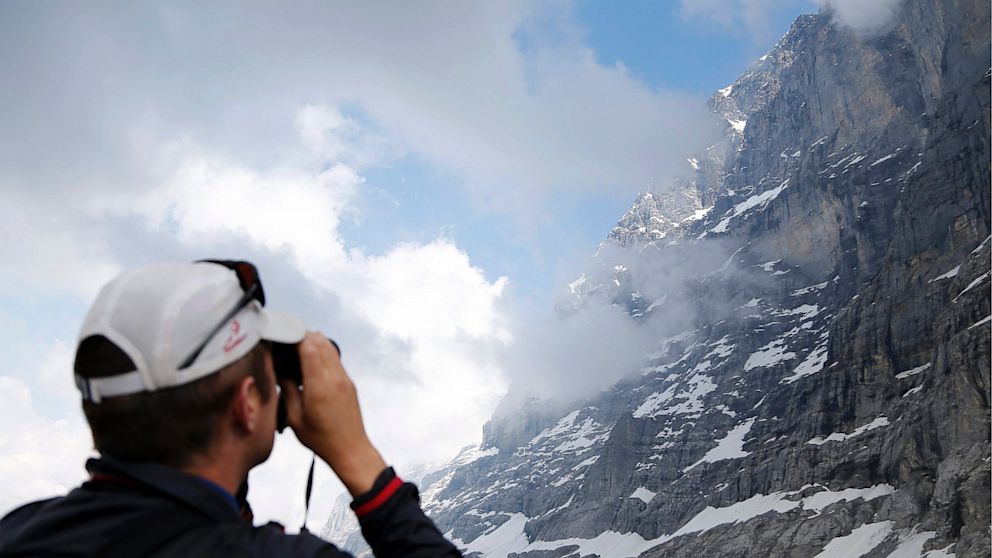North Face: 75 Years After the Eiger Was Conquered
This former graveyard of the ambitious into a playground for professionals.

July 27, 2013— -- On Wednesday marked the 75th anniversary of the first successful climb to the top of the Eiger's north face. Although dangers persist on the legendary peak in the Swiss Alps, advances in equipment have turned this former graveyard of the ambitious into a playground for professionals.
Roger Schäli is a ninja, someone who can silently scale even vertical walls like a cat to reach his goal. Or at least that's how Takio Kato describes him. Kato, who has been living in Switzerland for decades, is a legendary figure among mountain climbers. In the summer of 1969, Kato was part of a team of five Japanese climbers that surmounted the notorious north face of the Eiger by the most direct and, at that time, most difficult route, which led it to be dubbed "Japanese Direttissima."
Working inch by inch, the team used drills, spikes, rope ladders and other equipment to master its steep faces, rocky cliffs and overhangs. And their perseverance paid off: After 30 days, Kato and his fellow climbers stood at the top of this 1,800-meter (5,900-foot) wall.
Schäli, one of Switzerland's best mountain climbers, repeated this feat in 2009 along the same route the Japanese team had taken. But, after several failed attempts, he made his ascent in the so-called "redpoint" style, or lead climbing without falling on a previously attempted climb. He and his climbing partner, Robert Jasper, first ensured that there were holds at critical points so that they could "free climb" the face without using spikes or fixed ropes.
Schäli, who is in exceedingly good shape, is a die-hard athlete who makes a living by publishing a magazine and making films about his climbing passion. He proves that the requirements have changed in climbers' battle to master the Eiger's north face -- for the benefit of alpinists.
Solving the 'Last Problem' in the Alps
The German term for the north face is Nordwand, or "north wall," and the climbers who have gone to their graves trying to climb it have given it the nickname Mordwand, or "murder(ous) wall." Indeed, the climb continued to claim frequent victims all the way into the 1960s.
It wasn't until 75 years ago this Wednesday that the face was finally conquered by a group of Germans and Austrians. And propelling this race to the top was not only natural ambition, but also nationalist pride fanned by Nazi claims of superiority.
In the three years before July 24, 1938, falls, avalanches, falling rocks, freezing temperatures and exhaustion had already claimed the lives of eight climbers, including a number of Germans and Austrians. But this did little to discourage the waves of climbers determined to solve what was then known as the "last problem," the final unmastered ascent in the Alps.
The group that solved this problem was made up of a German team and an Austrian team. Anderl Heckmair and Ludwig Vörg, the German climbers, were mountain guides at an Ordensburg, or training school for Nazi leaders, in Sonthofen, the most southerly town of Germany in western Bavaria. The team from Austria, which had been annexed by Germany just months earlier, in April 1938, was made up of Fritz Kasparek and Heinrich Harrer, who was a National Socialist and member of the SS.




